Consider the following: ...Read more
Consider the following: [2023]
1. Demographic performance
2. Forest and ecology
3. Governance reforms
4. Stable government
5. Tax and fiscal efforts
For the horizontal tax devolution, the Fifteenth Finance Commission used how many of the above as criteria other than population area and income distance?

The correct answer is Only three. For horizontal tax devolution, the Fifteenth Finance Commission used the following criteria in addition to population, area, and income distance: Demographic performance: Yes, this was used as a criterion. Forest and ecology: Yes, this was used as a criterion. GoverRead more
The correct answer is Only three. For horizontal tax devolution, the Fifteenth Finance Commission used the following criteria in addition to population, area, and income distance:
Thus, three of the given criteria (Demographic performance, Forest and ecology, Tax and fiscal efforts) were used.
See less